Rare Massive Ocean Creature Spotted Along West Coast, Challenging Theories
On June 24, surfers at Cowell Beach in Santa Cruz experienced a rare and startling encounter.
While accustomed to sharing the waves with otters and the occasional shark, this time it was a massive sunfish that captured their attention. The sighting was both thrilling and a little intimidating for those in the water.
Surfing with the Sea Creatures
While surfers are used to dolphins riding waves with them, aggressive sea otters chasing them out of the water, and white sharks rising to the surface with a toothy hello, a far more enigmatic and elusive creature appeared.

Source: Glen Chapman/Pexels
Due to how rare it is to see this giant creature, surfers in Santa Cruz were alarmed to see the dorsal fin emerge from the waves.
Captured on Camera
Santa Cruz resident Eric Mendelson captured remarkable photos of the sunfish from a nearby bluff.
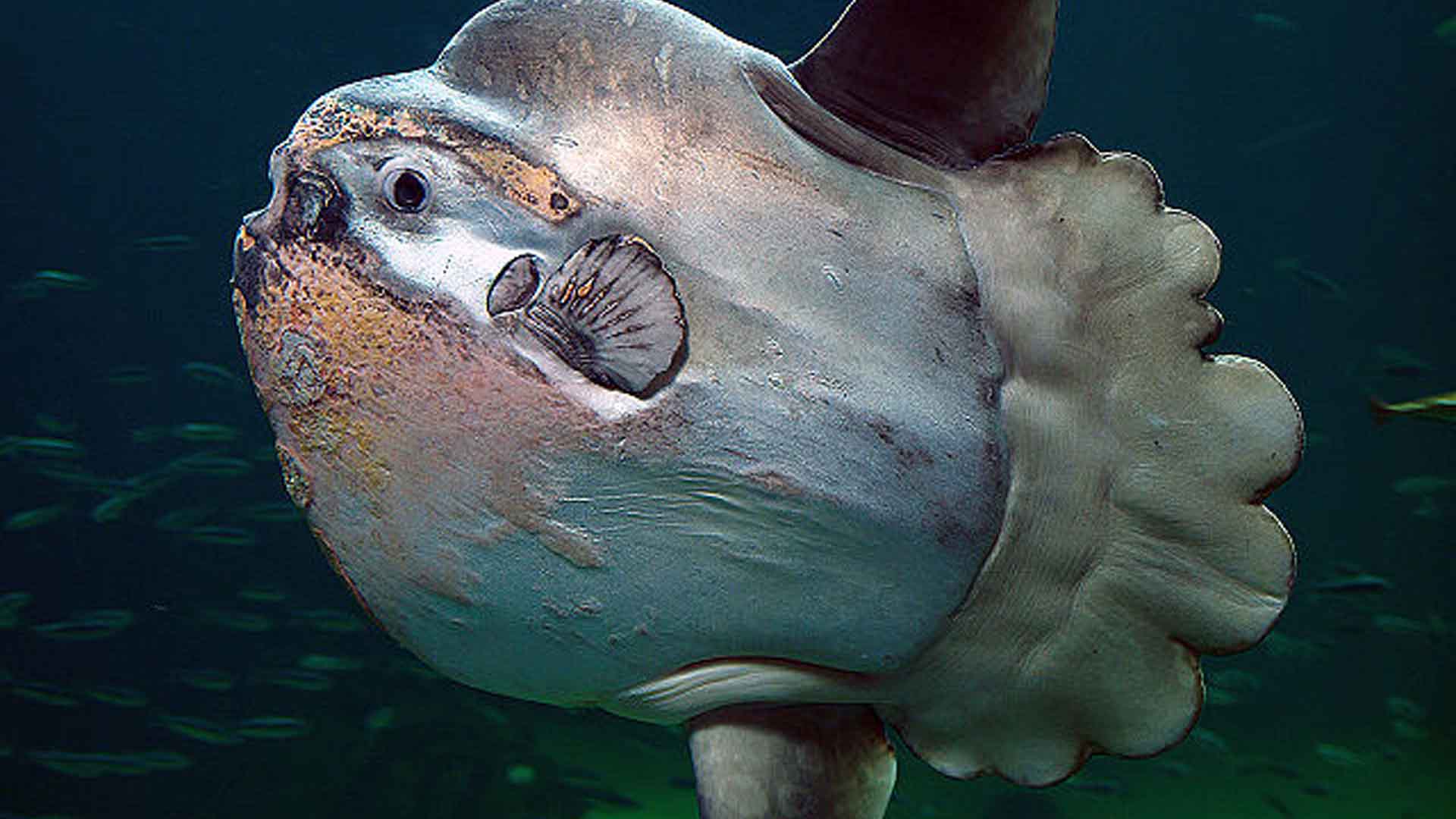
Source: Per-Ola Norman/Wikimedia Commons
One photo shows a dorsal fin resembling that of a shark, while another reveals the creature’s unique head and large eye. These images quickly garnered attention on social media, surprising many locals.
What is a Sunfish?
Sunfish, particularly the Mola mola species, are the heaviest bony fish in the world. They can weigh over 6,000 pounds and grow longer than 10 feet.
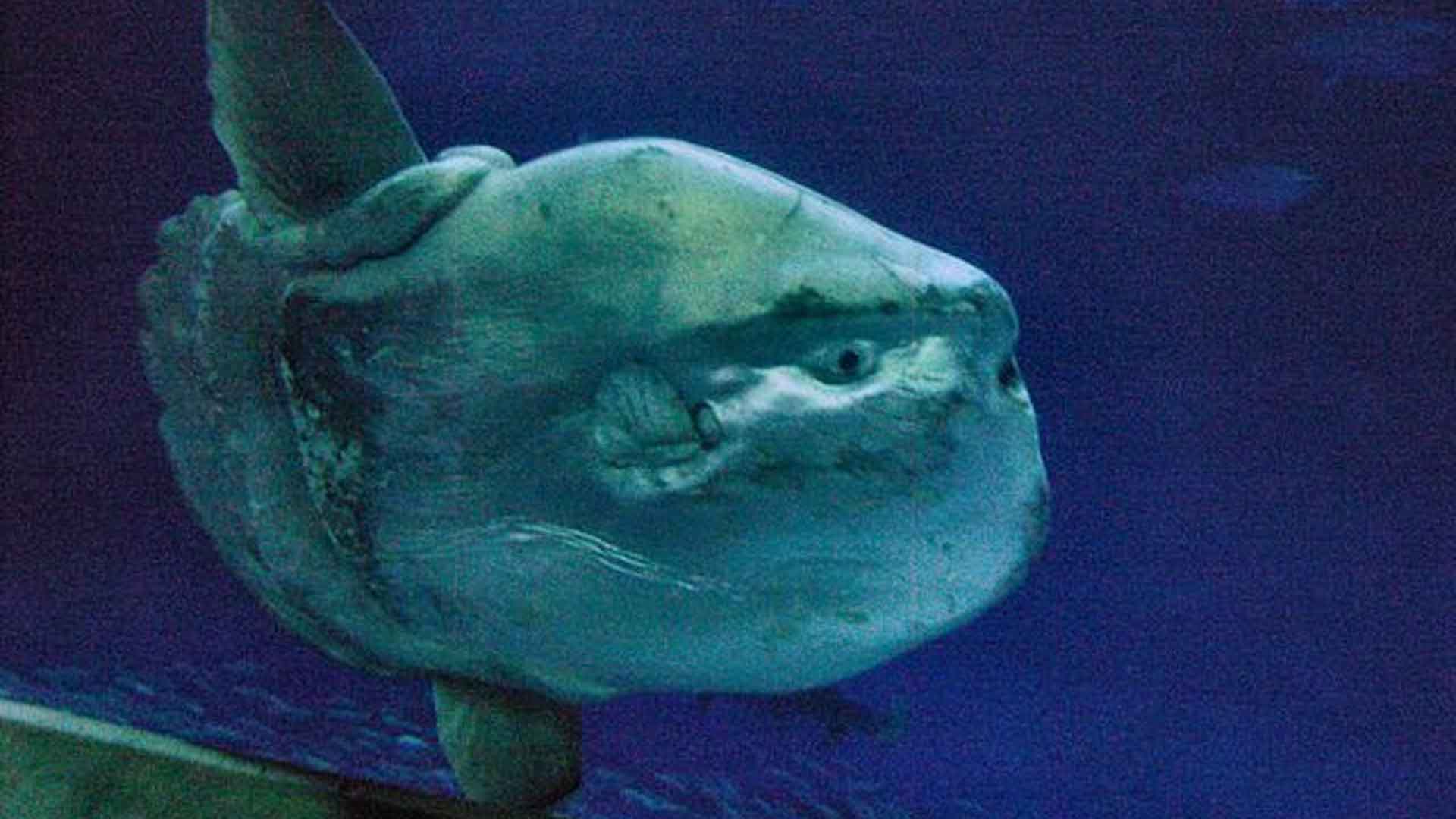
Source: Fred Hsu/Wikimedia Commons
Their distinctive appearance includes oversized heads and flat bodies, often described as looking like a child’s drawing of a fish come to life.
The Unique Shape of Sunfish
According to National Geographic, the fish obtains its unique shape because of their back fin, which stops growing after birth. At some point in their lives, the fin folds into itself, creating a stumpy rudder called a clavus.
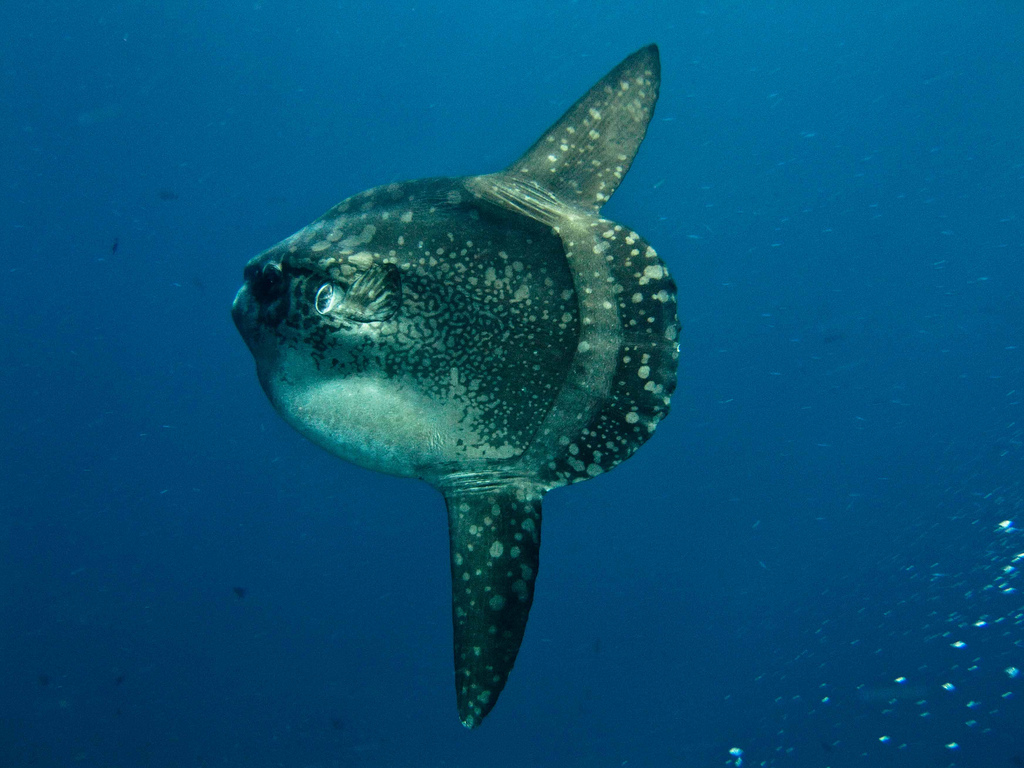
Source: Ilse Reijs and Jan-Noud Hutten/Flickr
The colossal bony fish can easily be mistaken for a shark because their huge dorsal fins similarly emerge above the water. But who hasn’t mistaken a dolphin (or sunfish in this case) for a shark?
Expert Insights
Marine biologist Tierney Thys, a research associate at the California Academy of Sciences, identified the creature in Mendelson’s photos.
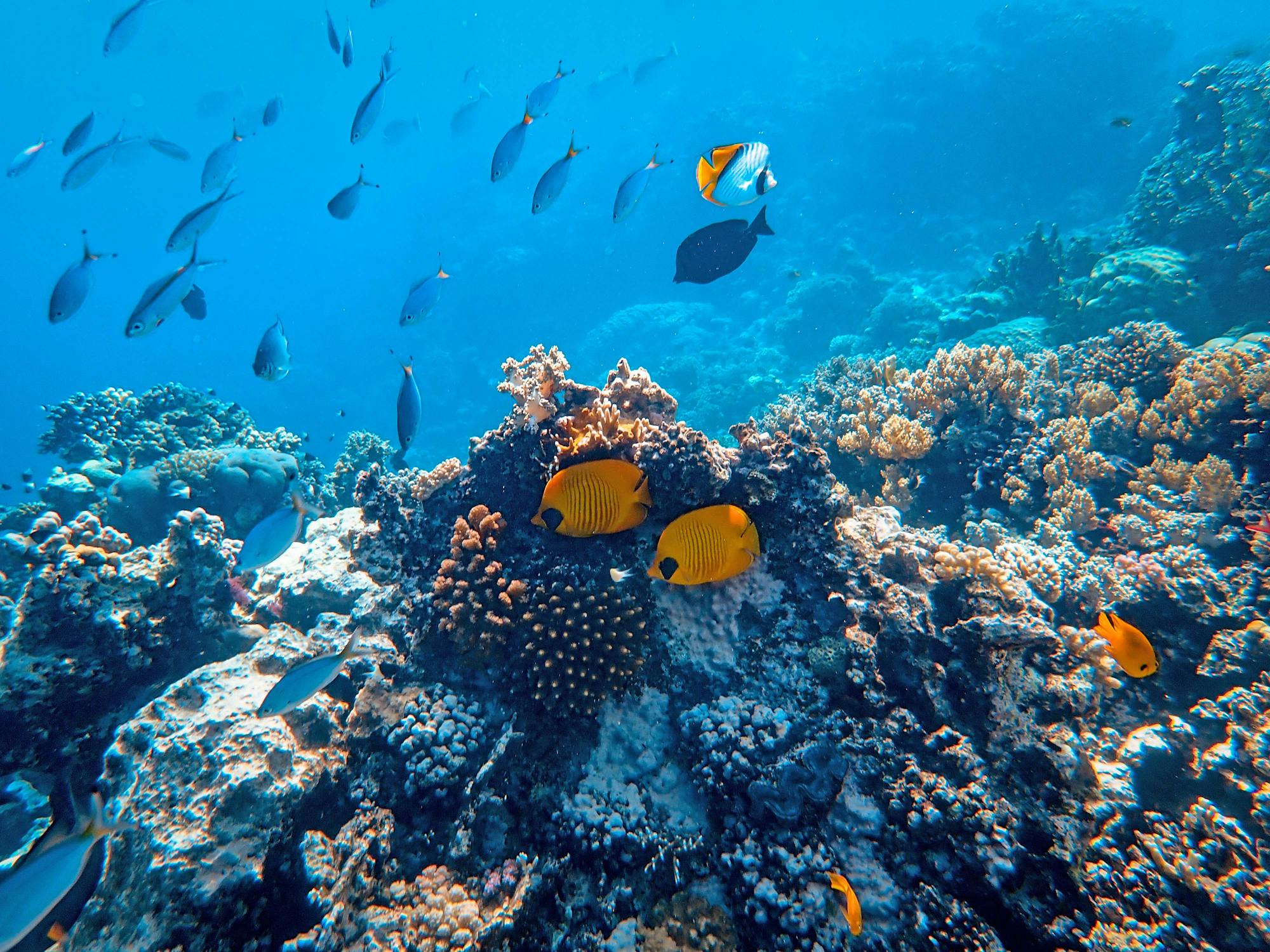
Source: Francesco Ungaro/Pexels
She noted its impressive size and confirmed it as a Mola mola, the most common sunfish species in the area. Thys, known affectionately as “Mrs. Sunfish,” has extensive knowledge of these fascinating creatures.
The History of the Sunfish
Mola emerged between 45 million and 35 million years ago. Thys tells the Smithsonian that a group of puffer fishers (built like little tanks) left coral reefs for the open ocean. Over time, their bodies became progressively more “abridged,” but never streamlined like other deep-sea fish.
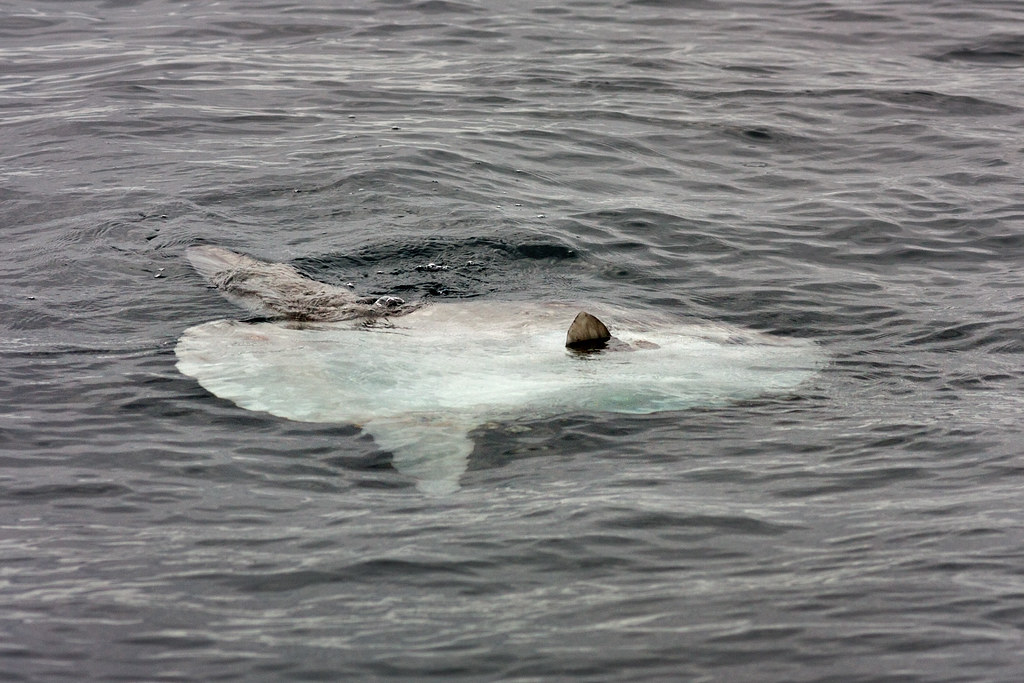
Source: Alan Grinberg/Flickr
“You can only divorce yourself from your bloodlines so much,” says Thys. “If your grandmother had a big bottom and your mother had a big bottom, you are most likely going to have a big bottom. There is not much you can do!”
Little Is Known About the Fish
While the sunfish is visually arresting, the fish is a bit of a mystery to researchers across the world. Little is known about its biology and behavior. However, This is trying to change this.

Source: Wikimedia
She became invested in the mola in the early 1990s when she came across a photo of one while doing graduate work in fish biomechanics at Duke University. While most forms of fish give way to its function, the mola’s form is a mystery.
Sunfish Are Honored in Japan
While Thy works hard to study and tag molas in California, she occasionally works with Kamogawa Sea World in Japan, which is the leader in exhibiting molas.

Source: pelican/Flickr
Historically, Japan holds the fish, known as manbou, in high regard. In the 17th and 18th centuries, the fish was given to shoguns in the form of tax payments.
Common Visitors to Santa Cruz
While this sighting was a first for Mendelson, Thys explained that Mola mola are actually common in the Santa Cruz area.
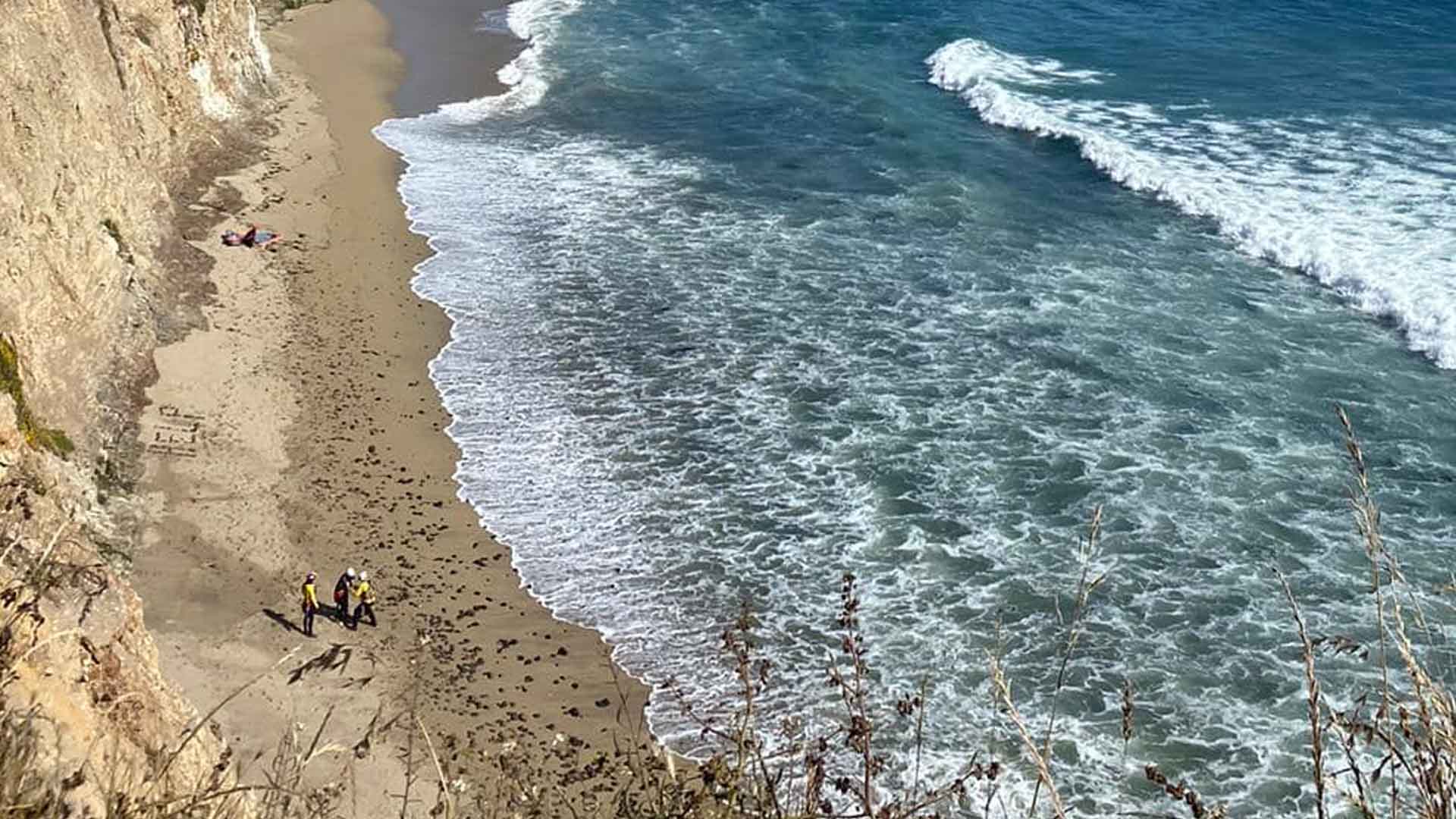
Source: CAL FIRE CZU San Mateo-Santa Cruz Unit/Facebook
Increased sightings may be linked to the phasing out of California’s drift gill net fishery, which previously ensnared many sunfish as bycatch. This change has likely allowed more sunfish to thrive.
Role in the Ecosystem
Sunfish play a crucial role in the ocean food web. As they grow larger, they primarily forage for jellyfish, helping to keep the jellyfish population in check.
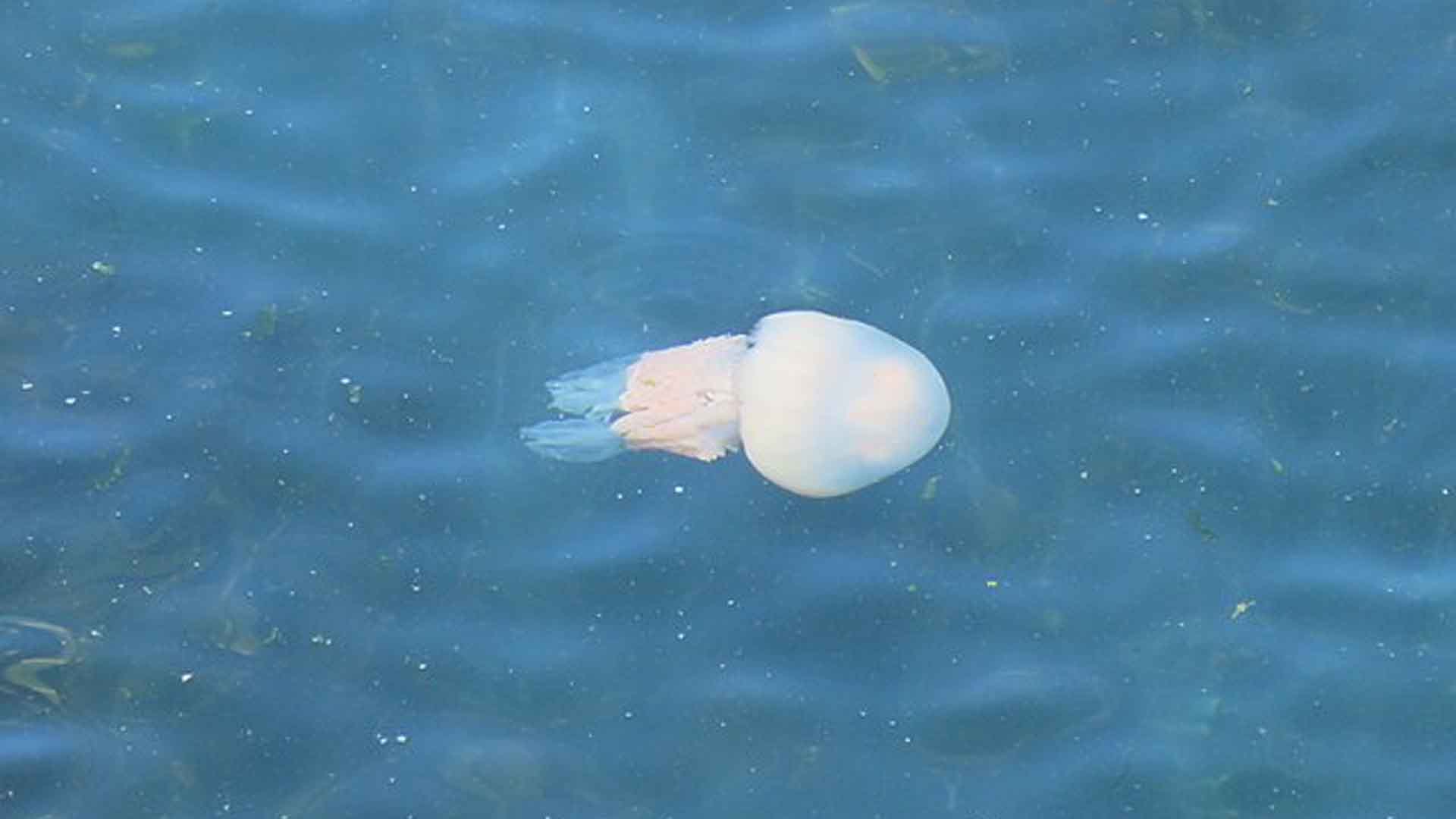
Source: Llywelyn2000/Wikimedia Commons
Their presence is vital for maintaining the balance of marine ecosystems, particularly in nutrient-rich areas like Monterey Bay.
No Need for Alarm
Despite their large size and unusual appearance, Mola mola are docile creatures. Surfers at Cowell Beach had no reason to worry, as these gentle giants pose no threat to humans.
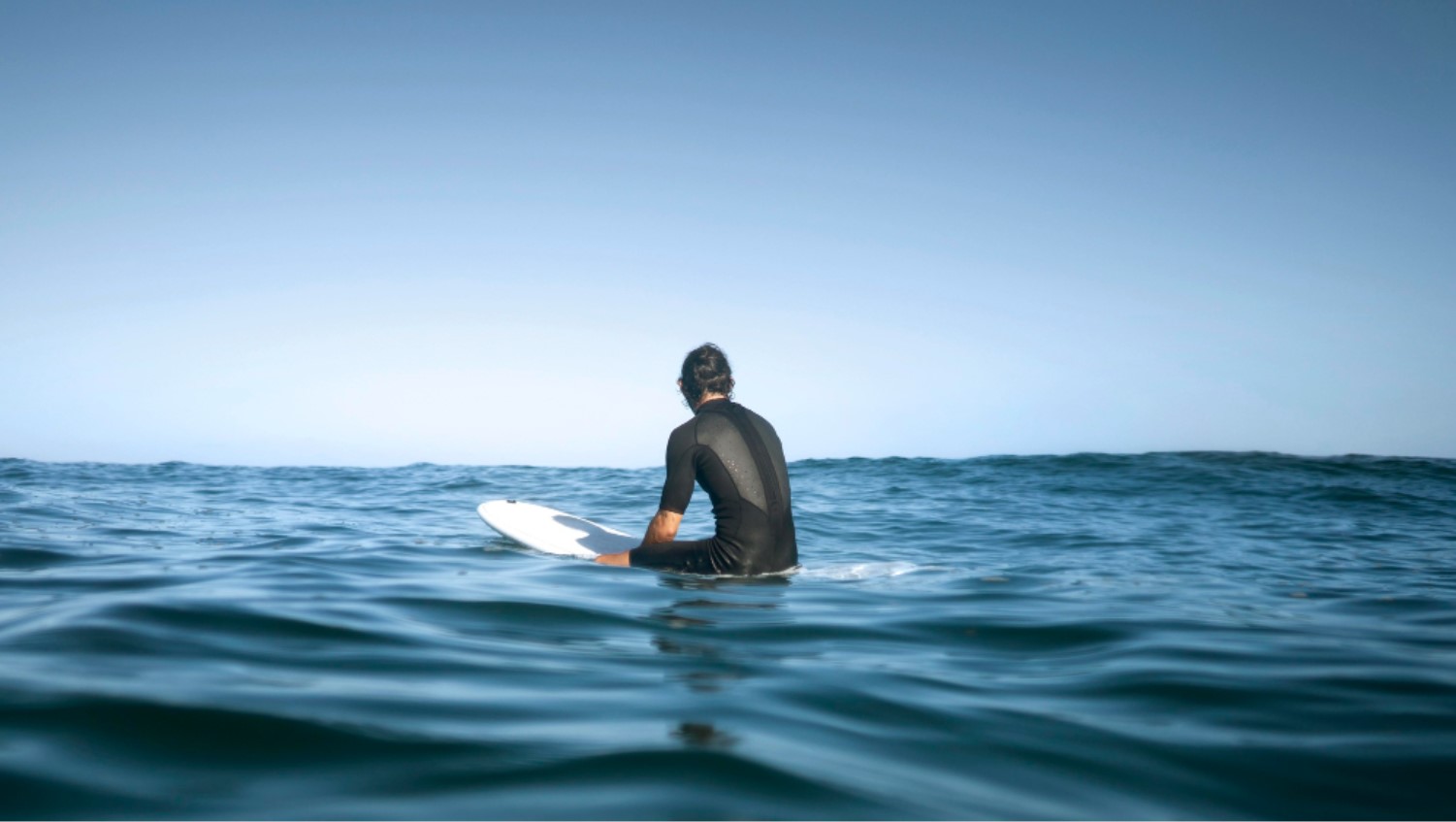
Source: Freepik
Their diet consists mainly of jellyfish, making them harmless to people enjoying the waves.
Why Sunfish Are Emerging to the Surface
It’s unclear if warming ocean temperatures due to climate change are also a factor in why Mola mola are coming closer to the California coast. However, surfers (and other beachgoers) don’t need to be afraid of these docile creatures.
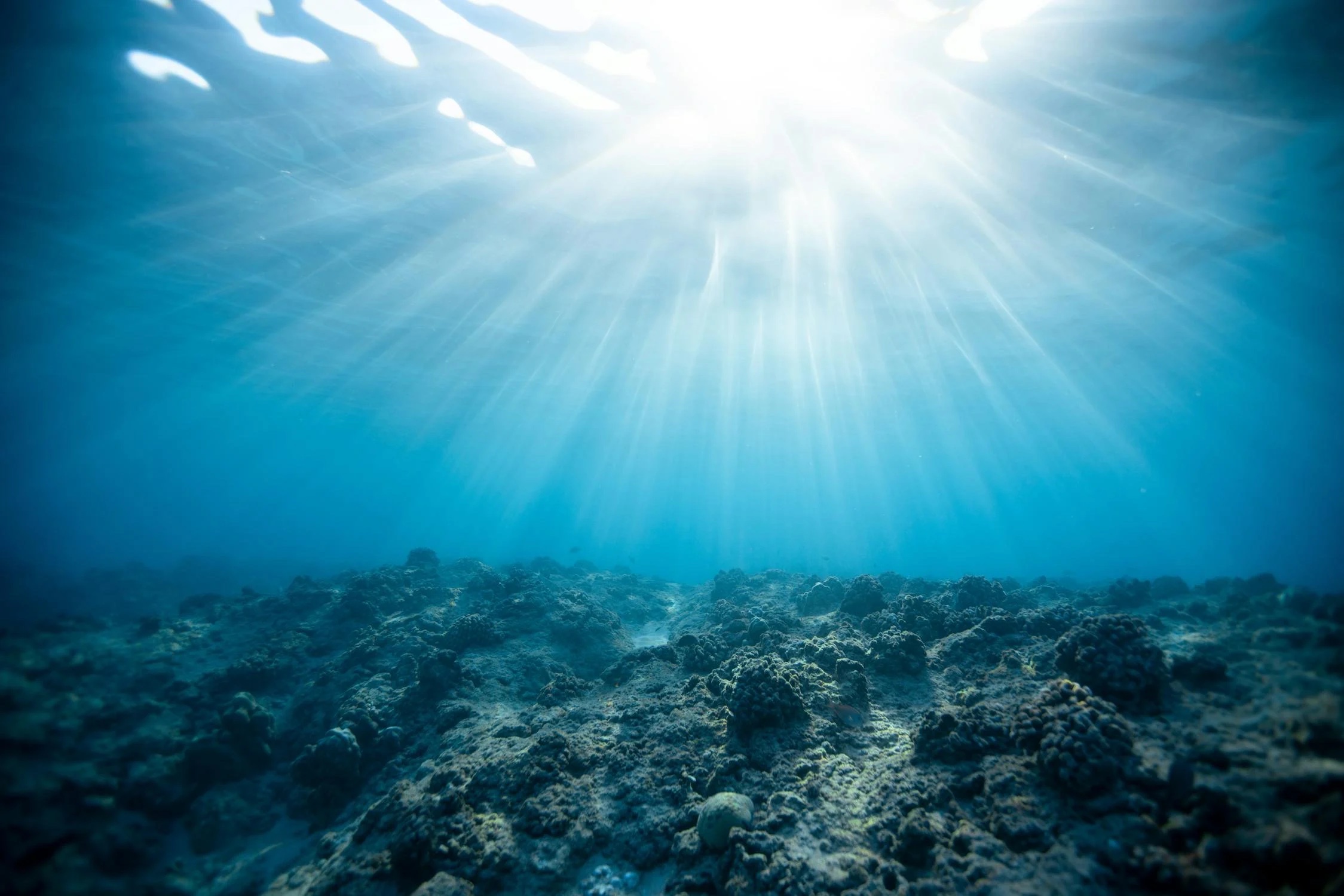
Source: Jeremy Bishop/Pexels
Mola mola prefer temperate and tropical waters and spend most of their lives submerged. When they do come up to the surface, they are often on their sides, using the sun’s heat to recharge themselves before going back under to feed.
Peak Viewing Times
If you’re eager to spot a Mola mola, the prime time is between October and November, according to Thys.
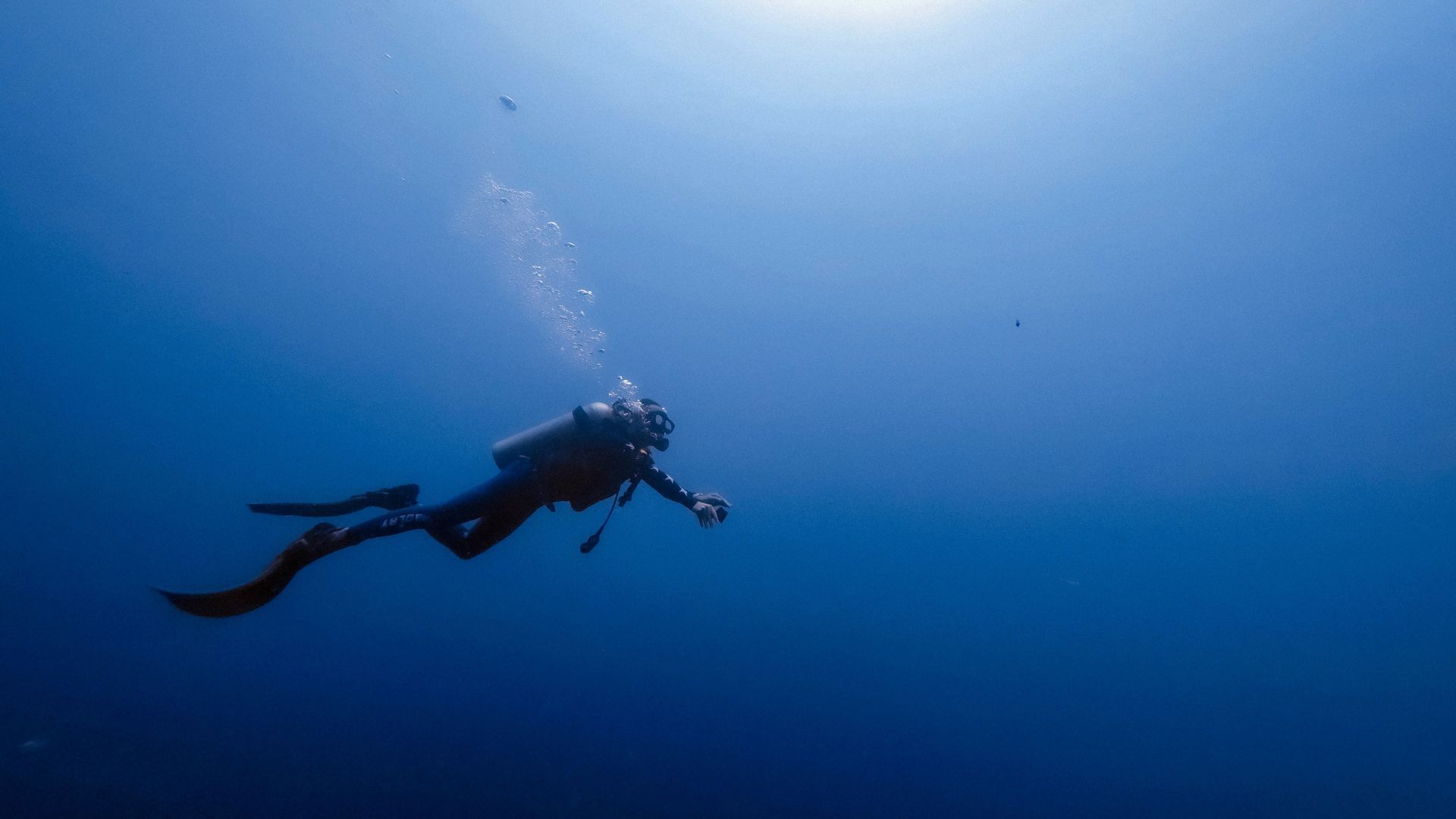
Source: Bobbi Wu/Unsplash
During these months, sunfish are most frequently seen off the California coast. Monterey Bay, with its nutrient upwelling and submarine canyon, is a prime location for observing these fascinating creatures.
The Increasing Number of Sunfish
The number of Mola mola near the California coast is unknown. While commercial fishermen have phased out by catching, the sunfish has become a food source for some aquatic life.

Source: CAL FIRE CZU San Mateo-Santa Cruz Unit/Facebook
While adults are too large to be threatened by any animals other than the largest potential predators, the medium-sized Mola mola are eaten by sea lions, killer whales, and large sharks. California sea lions often bite the fins off smaller Mola mola and play with them like frisbees, according to Oceana.
A Thriving Marine Sanctuary
Cowell Beach is part of the Monterey Bay National Marine Sanctuary, a hotspot for marine biodiversity.
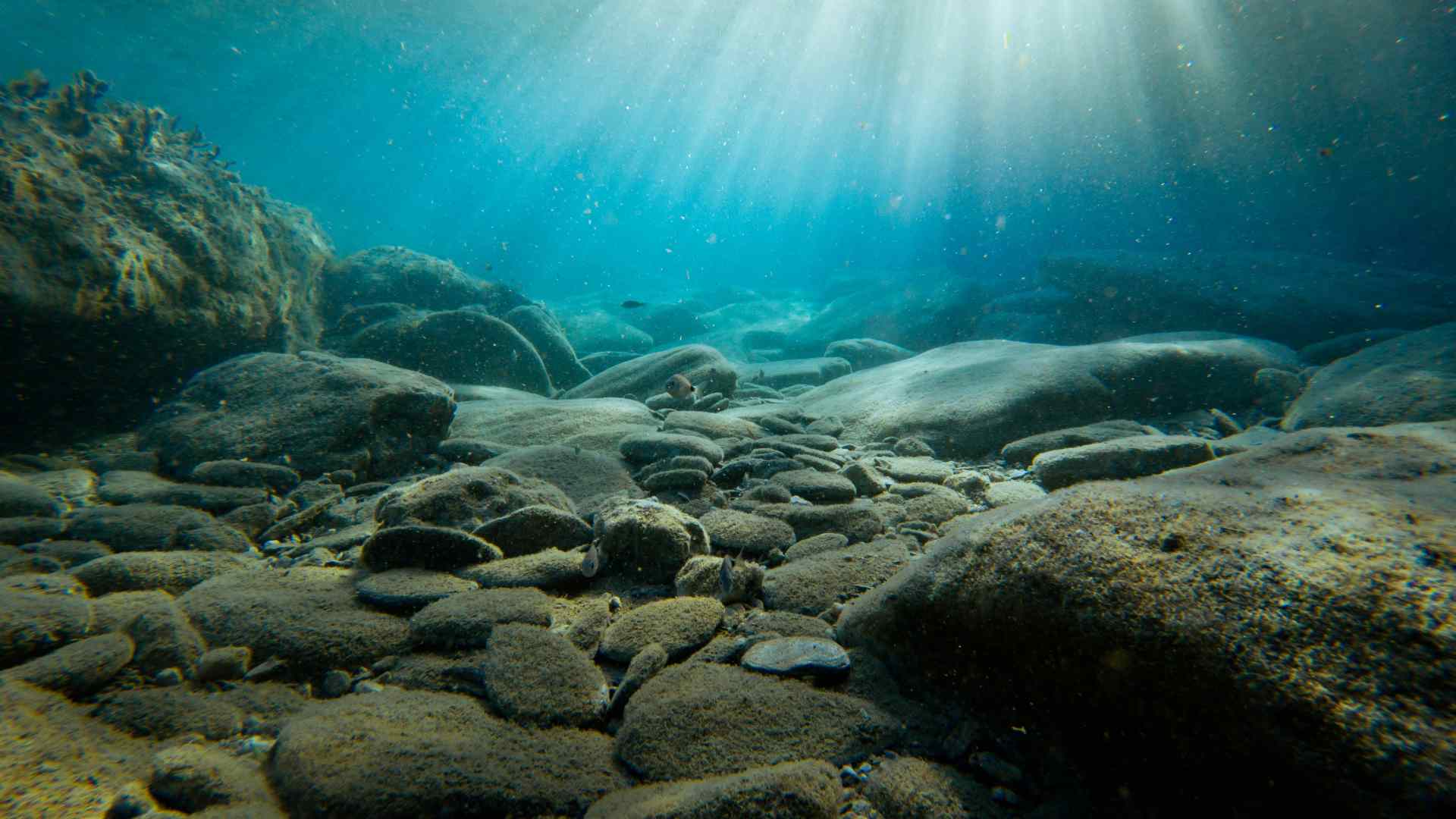
Source: Yannis Papanastasopulos/Unsplash
This protected area supports a wide range of marine life, from playful otters to majestic sunfish. The sanctuary’s rich ecosystem is a treasure for both scientists and nature enthusiasts.
Community Reactions
Mendelson’s photos sparked a wave of excitement on social media, with many expressing awe at the size and uniqueness of the sunfish.

Source: Wikimedia
For longtime residents and newcomers alike, the sighting was a reminder of the diverse and surprising marine life just off their shores.
The Largest Sunfish Discovered
Sunfish have been making headlines after a rare 7-footer washed onto Oregon’s coast. The sunfish appeared on the beach in Gearheart in early June and remained on the beach for a few weeks.

Source: Fred Hsu/Wikimedia Commons
The fish is difficult for scavengers to take as a meal since the tough skin of the fish is incredibly hard to puncture through.
Multiple Varieties of Sunfish
What makes this sunfish stand out, besides its incredible size, is that it is a rare variety of sunfish known as a hoodwinker sunfish. New Zealand-based researcher, Marianne Nyegaard, believed it may be the largest fish ever sampled, according to the Associated Press.
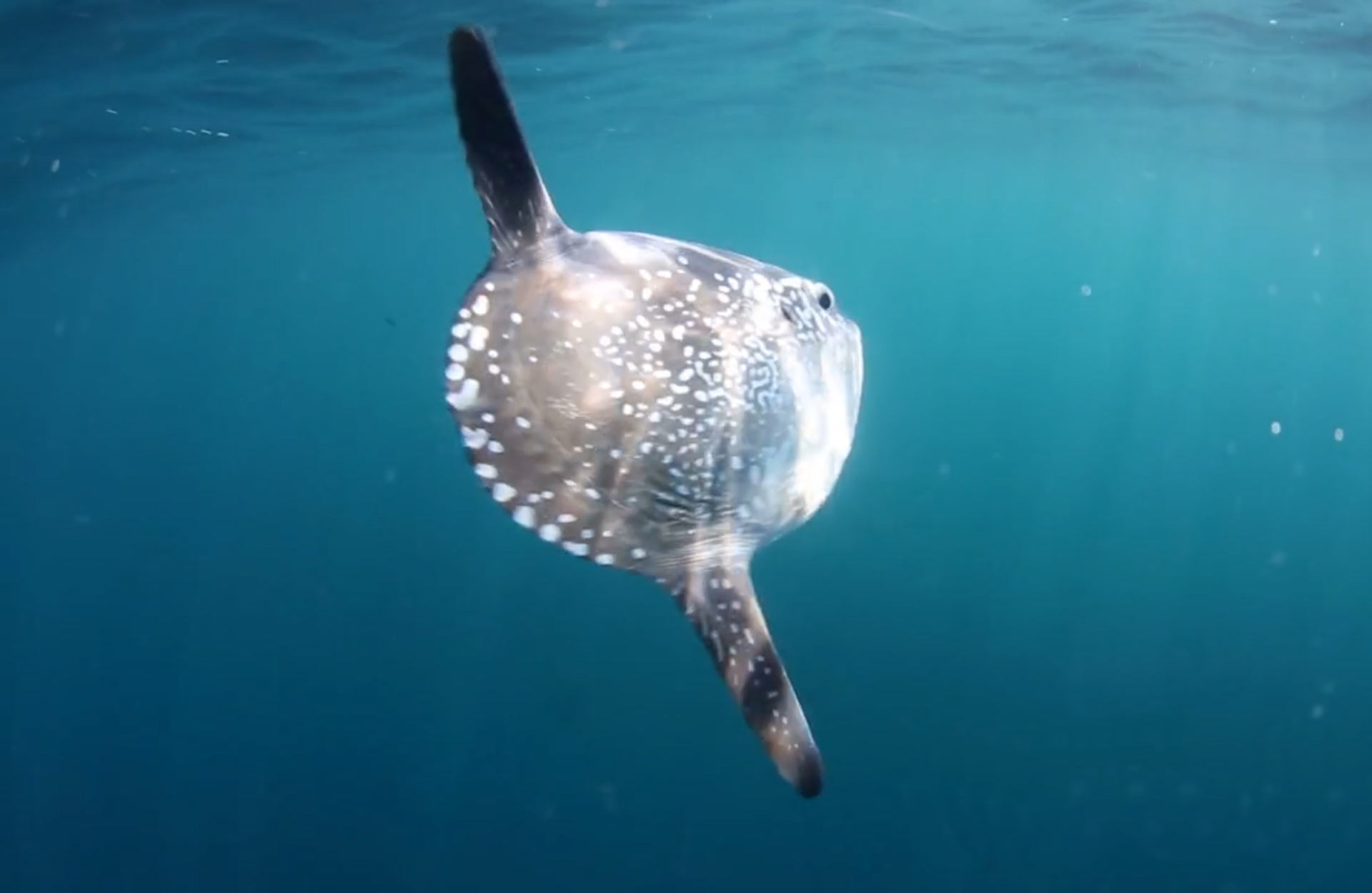
Source: Explorasub/Wikimedia Commons
Nyegaard has researched the variety of sunfish, known as Mola tecta (“tecta” in Latin means hidden or disguised), since 2017. Her research discovered that there were varieties of sunfish like the Mola tecta.
The Other Variety
The other variety of ocean sunshift includes the bump-head sunfish or the Mola alexandrini. Similar to the Mola mola and Mola tecta, all three species can grow about 11 feet in length and weigh up to 2.3 tons, according to the American Museum of Natural History.
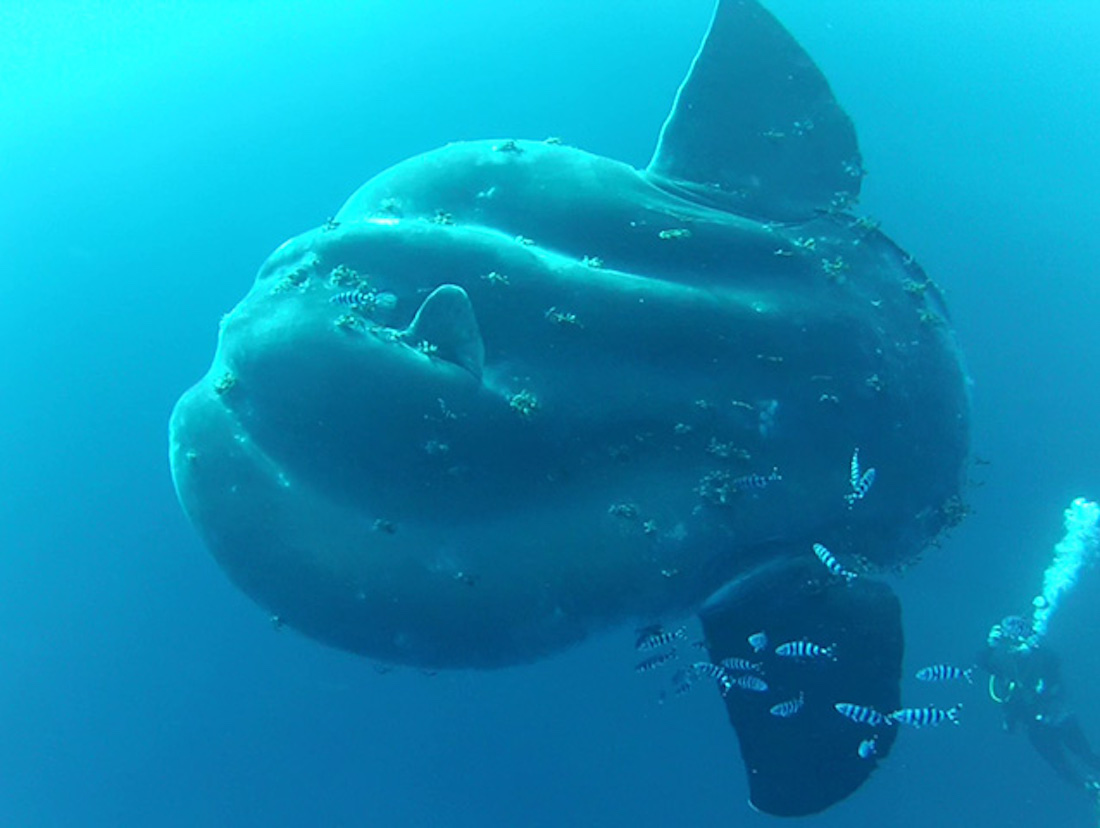
Source: Erik van der Goot/Wikimedia Commons
The ocean sunfish and bump-head sunfish can be found across the world in temperate and tropical oceans, but the hoodwinker sunfish was thought to only be in the southern hemisphere.
Quotes from the Expert
Thys emphasizes the importance of the Mola mola in the ocean ecosystem, stating, “Ocean sunfish play a vital role in the ocean food web, particularly when they get over one meter in length.”
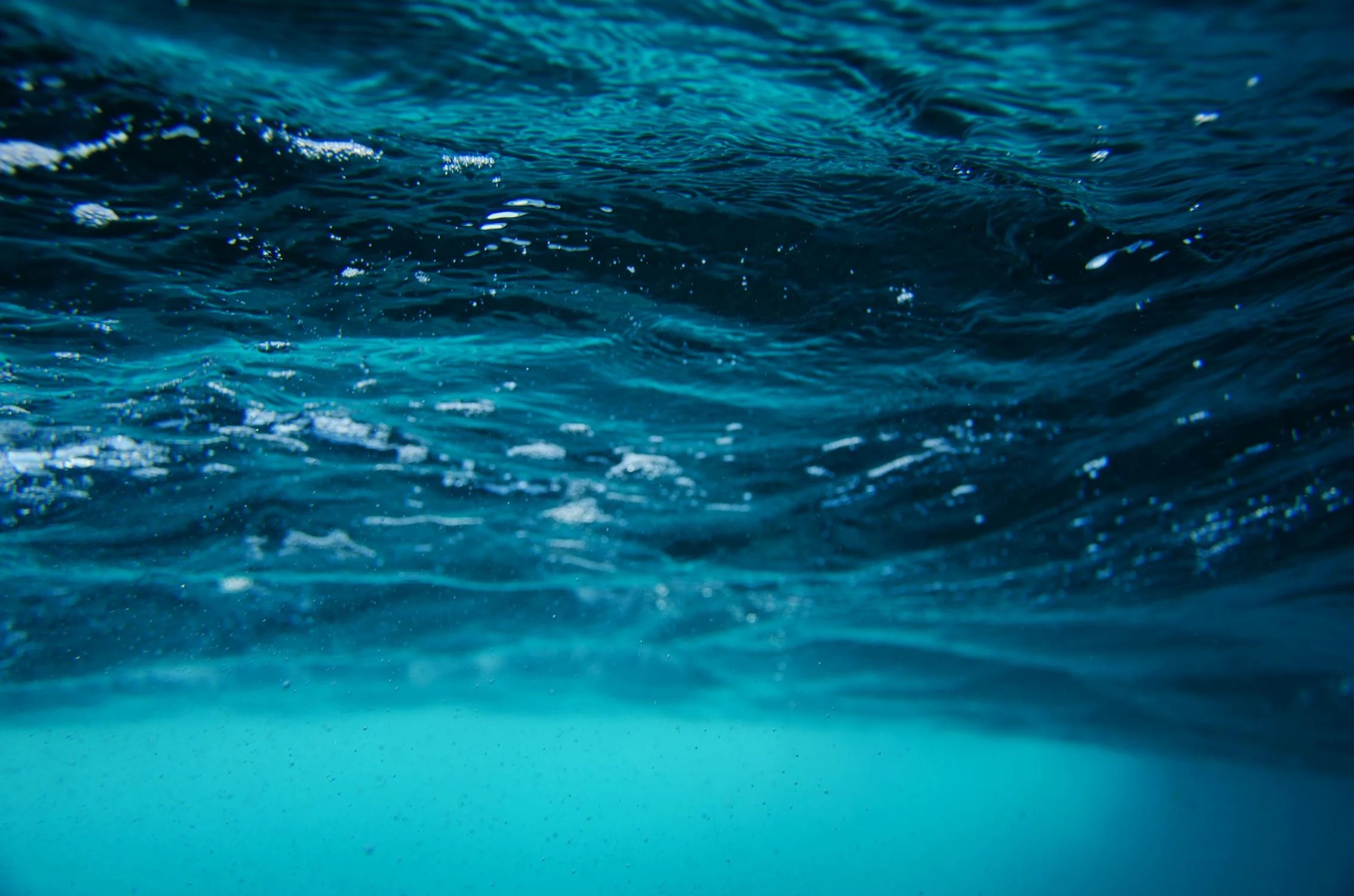
Source: Emiliano Arano/Pexels
Her insights highlight the significance of these creatures beyond their unusual appearance.
Challenging Theories About the Species
This isn’t the first time that Mola mola or Mola tecta have washed ashore on the West Coast. In 2019, a hoodwinker sunfish washed ashore on the California coast.

Source: Freepik
Since then, a few more sunfish have washed ashore in California and Alaska, challenging the theory that the fish only lives in the southern hemisphere.
Appreciating Ocean Giants
As Thys eloquently put it, “How lucky are we here in Monterey Bay to be able to jump on a surfboard, a paddle board, or a kayak… and enter this teeming world of mysterious giants?”
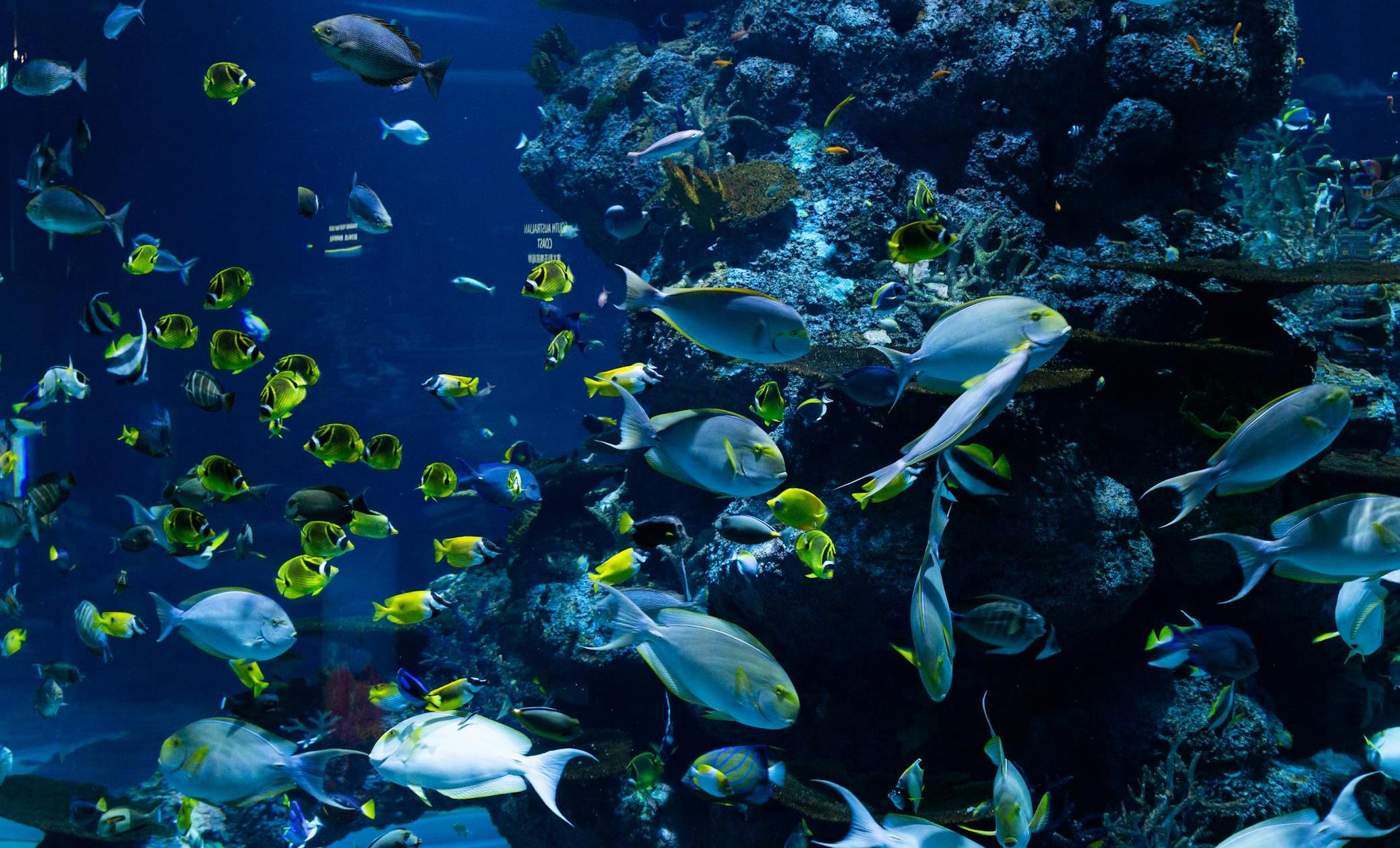
Source: Hung Tran/Pexels
The presence of the Mola mola is a prime example of the rich marine life that thrives in these waters, offering endless opportunities for discovery.
Report Your Sunfish Sightings
Thys runs a website that serves as an information hub on the species. She asks that citizen scientists or anyone who spots one of the fish in the wild to report their sightings.

Source: Freepik
“Nearly every day I have people reporting,” says Thys. Molas have been seen north of the Arctic Circle and as far south as Chile and Australia. “I just got a report from Mozambique,” she says. “I would love to go to Mozambique.”
